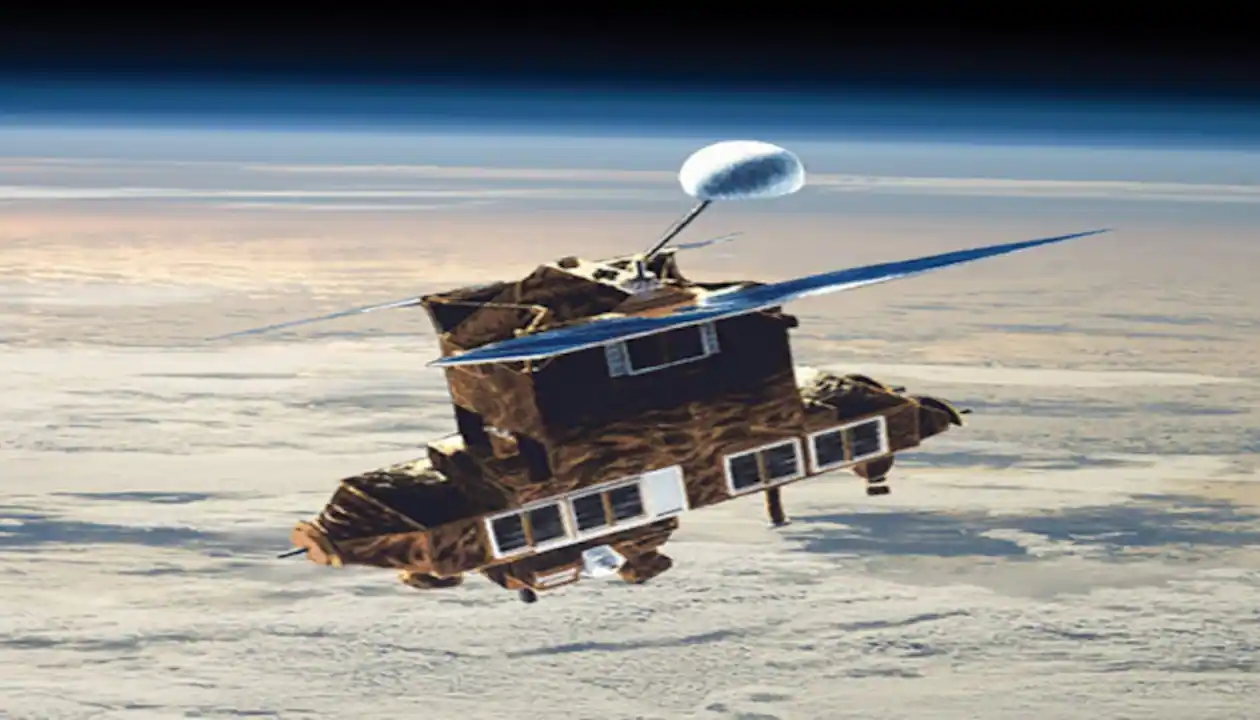A defunct NASA satellite is ready to collapse to Earth after nearly four decades in space. According to NASA, the chances of falling satellite debris endangering “anyone on Earth” is extremely minimal.
The Earth Radiation Budget Satellite (ERBS), weighing 5,400 pounds (2,450 kilograms), is expected to crash back to Earth on January 8 at about 6:40 p.m. EST (2340 GMT), plus or minus 17 hours, according to NASA officials. According to The Associated Press, other organizations, such as Aerospace Corp., believe the satellite will arrive on Monday morning with a 13-hour margin of uncertainty.
“NASA expects the majority of the satellite to burn up as it travels through the atmosphere, but some components are expected to survive reentry,” agency officials wrote in a Friday evening update (Jan. 6). “The risk of harm to anyone on Earth is very low — about 1 in 9,400.”
Until 2005, data from ERBS assisted researchers in determining how the Earth absorbed and radiated solar energy, as well as measuring ozone, water vapour, nitrogen dioxide, and aerosol concentrations in the stratosphere.
The Earth Radiation Budget Satellite was a NASA scientific research satellite that was part of the ERBE Research Program. It was a three-satellite mission that investigated the Earth’s radiation budget. It also carried a device for studying stratospheric aerosols and gases.
On October 5, 1984 (the first day of flight), the ERBS spacecraft was deployed from Space Shuttle Challenger using the Canadian-built RMS (Remote Manipulator System), a mechanical arm roughly 16 m in length. During deployment, one of the ERBS solar panels initially failed to expand properly. As a result, mission specialist Sally Ride had to jiggle the satellite with the remotely controlled robotic arm before finally putting the jammed panel in sunlight to allow it to stretch. The first spacecraft to be launched and deployed by a Space Shuttle mission was the ERBS satellite.
The Stratospheric Aerosol and Gas Experiment II (SAGE II) equipment on board ERBS collected data that indicated the ozone layer was depleting on a worldwide scale. That information aided in the development of the Montreal Protocol Agreement, an international agreement signed in 1987 by dozens of countries that resulted in a dramatic reduction in the use of ozone-depleting chlorofluorocarbons (CFCs), chemicals once widely used in aerosol sprays, refrigeration, and air conditioners.

Leave a Reply
You must be logged in to post a comment.